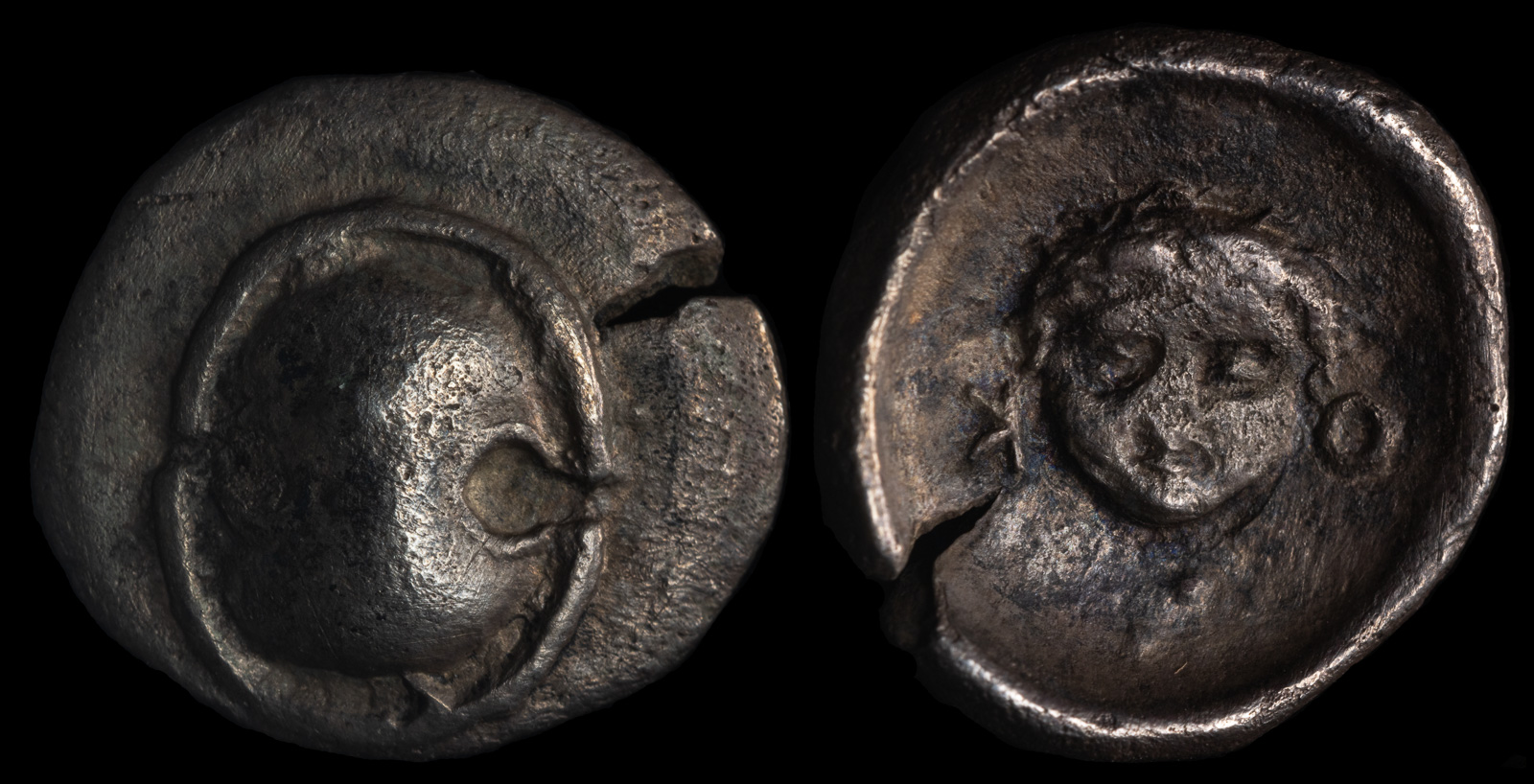Boeotian Shield
View All Tags
The Boeotian shield was larger than the traditional Greek hoplite shield, often with a diameter ranging between 1 meter and 1.2 meters. It featured a concave surface, which allowed for better protection while still being light enough for maneuverability. The shield was also typically made of wood and bronze, with the inner part being reinforced for better durability during battle. One of the most defining features of the Boeotian shield was its deep curve, which provided increased protection for the soldier’s body while still allowing for the ability to engage in offensive actions. The shape and size of the Boeotian shield were particularly suited to the phalanx formation, in which soldiers stood shoulder-to-shoulder, protecting each other with their shields, and the large shield allowed warriors to form a near-impenetrable wall of defense.
The Boeotian shield was particularly associated with Thebes, one of the most powerful Greek city-states in the 5th and 4th centuries BCE, and it played a prominent role in the Theban military system. The Theban warriors, including the famed Sacred Band of Thebes, which was a unit of elite soldiers, were often depicted carrying Boeotian shields. The shield’s size and shape allowed Theban warriors to hold their ground more effectively in the phalanx, making it a symbol of their military prowess. The Boeotian shield’s large size was also symbolic of the strength and unity of Theban forces, reflecting the power of collective defense and organization.
In battle, the Boeotian shield offered superior protection in the tightly packed phalanx formation but required a soldier to have a higher degree of physical strength and endurance to carry it effectively. Over time, the widespread adoption of the Macedonian phalanx and the more standardized military formations of the Hellenistic period led to a decline in the use of the Boeotian shield. Nonetheless, the Boeotian shield remained a symbol of Theban military superiority and was an enduring feature of Greek military history for several centuries.
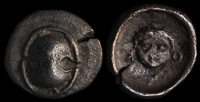
Koroneia, Boeotia 400-350 BCE

Mykalessos, Boeotia 400-375 BCE

Orchomenos, Boeotia 395-364 BCE
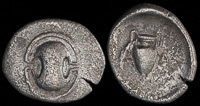
Pharai, Boeotia ca 4th century BCE
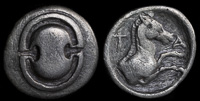
Tanagra, Boeotia 4th century BCE
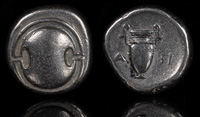
Thebes 368-364 BCE
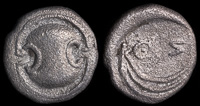
Thespiai, Boeotia 390-350 BCE
